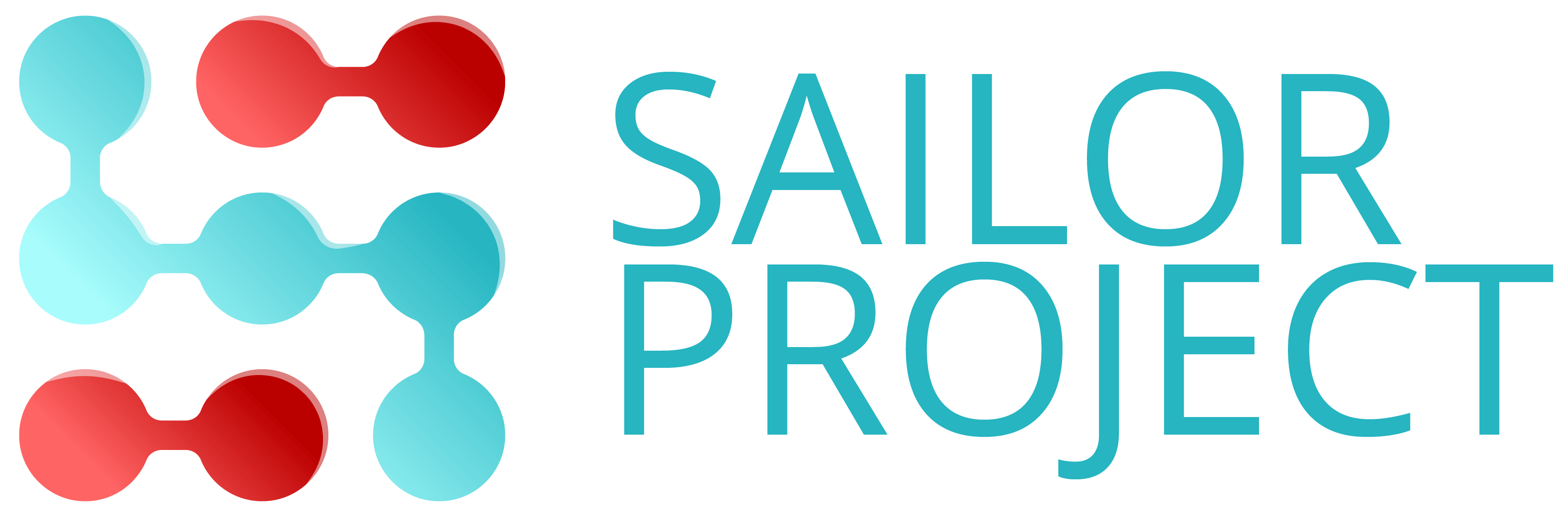Physical therapy is sometimes not viewed positively when it is used in situations in which it cannot resolve the symptoms that the patient went to the physician to resolve. Most often, however, physical therapy helps us improve our situation by strengthening our muscles, increasing flexibility, and helping bring other changes following injury or surgery.
One of the core elements of physical therapy is functional movement, which involves our bodies’ movements that involve multiple joints and muscle groups functioning in the real world. A patient can arrive at physical therapy with knee or shoulder pain, and it is the physical therapist’s role to watch the patient move and help them position their bodies in ways that cause pain or stress to determine the patient’s limits. An example of functional movement is how a patient’s shoulder pain is affected by the movement and stress placed on other body parts.
Functional movement allows the physical therapist to identify the corrective exercises suited for each patient and incorporate functional movement into each exercise. Some corrective exercises isolate specific muscles or muscle groups to add strength, while others use numerous muscle groups and joints to approach full-body movements. In the end, physical therapy aims to help patients achieve their maximum functionality by isolating, strengthening, and coordinating muscles and joints to gain functionality.






